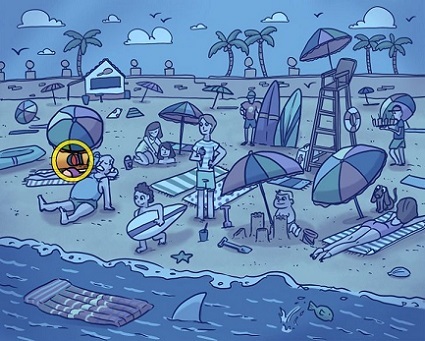At the beginning of the Contemporary Age, literature began its democratization at the same time that the artistic and literary predominance that France exercised in Europe diminished. If we judge contemporary literature by its characteristics, we can distinguish three major literary periods: the period romantic, the period realist and the period symbolist. We will now discuss the period best known in the literature as the Romanticism.
The romantic period spans from the end of the Napoleonic Wars to the mid-19th century. The essence of Romanticism was the exaltation of emotion and instinct as opposed to intellect. In England, where Romanticism was characterized by exacerbated melancholy, we have as main writers Percy Bysshe Shelley, George Gordon Byron and Walter Scott. Shelley was a tormented lyric poet and yearning for social justice and personal love. Byron, better known as Lord Byron, was the very personification of the romantic man. Scott revived the Middle Ages and, through the historical novel, resurrected old medieval legends.
In this context, writers Thomas Carlyle and Joseph Rudyard Kipling also emerged. Carlyle, known for his theory that heroes are the builders of history, wrote Letters and Speeches by Oliver Cromwell and Life of Frederick II of Prussia. Kipling, born in Bombay, India but educated in England, was a romantic supporter of imperialism. English in India and wrote classics of children's literature, which addressed famous characters such as Mogli the Wolf Boy.
In Germany, the romantic movement was developed by Johann Wolfgang von Goethe and Johann Christoph Friedrich von Schiller. Schiller, writer and philosopher, died young, but left behind poetry and plays and writings that marked German literature and philosophy. Schiller and Goethe led the current of German romanticism known as Sturm und Drang. This current sought to free German literature from foreign influences. Goethe, the famous author of Faust and The sufferings of young Werther, was the greatest figure in German literature. His works were a symbol of perpetual restlessness, which was and remains one of the most striking features of modern man.
In France, where romanticism fluctuated between the grotesque and the sublime, on the one hand; and the defense of freedom, on the other, we have Vitor Hugo, author of The miserable and The Hunchback of Notre Dame. In Russia, the writer Alexander Sergeevitch Pushkin was considered by many to be the founder of modern Russian literature; and, in Portugal, Camilo Castelo Branco appeared with his exquisite work perdition love. In Brazil, Gonçalves Dias stood out with his work Song of Exile.
In Italy there appeared literati like Alessandro Manzoni, poet and novelist, author of the famous historical novel The bride and groom, a work that had a strong nationalist characteristic. On the other hand, the plays by Silvio Pellico, writer and playwright, contained a strong appeal of classical tragedy, but even so, the romantic characteristics were worked on in his work.
Literature allows us to visualize a specific time and, through this, understand aspects of the daily life of a people, their anxieties, their needs, their way of seeing and feeling the world.
By Lilian Aguiar
Graduated in History
Brazil School Team
Source: Brazil School - https://brasilescola.uol.com.br/historiag/o-periodo-romantico-na-literatura-mundial.htm

